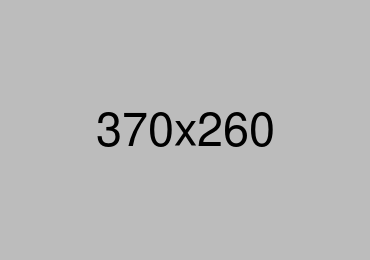The Evolution of Digital Art in the Modern Era

Digital art has come a long way since its inception, evolving from simple pixelated graphics to complex and immersive works of art. The integration of technology with creative expression has opened up new avenues for artists, allowing them to experiment with different media, techniques, and platforms.
The Emergence of Digital Art
The journey of digital art began in the 1960s when computer scientists and artists started exploring the creative potential of digital technologies. Early pioneers like Harold Cohen developed algorithms that could generate artistic compositions, paving the way for generative art.
As technology advanced, software like Adobe Photoshop and Corel Painter emerged, empowering artists to create intricate digital illustrations and manipulate images with ease.

The Rise of 3D Art and Animation
With the advent of 3D modeling and animation software, digital art expanded beyond static images. Programs like Blender and Autodesk Maya enabled artists to create lifelike 3D models and immersive animations.
Today, 3D art is widely used in video games, movies, virtual reality, and augmented reality applications.

AI and Generative Art
Artificial intelligence (AI) is transforming the world of digital art by enabling the creation of generative art. AI algorithms can analyze patterns, styles, and techniques, allowing artists to explore new forms of creativity.
Generative adversarial networks (GANs) have been used to produce stunningly realistic digital artworks, blurring the lines between human and machine creativity.
NFTs and Blockchain in Digital Art
The introduction of non-fungible tokens (NFTs) has revolutionized the digital art market by providing a secure and transparent platform for artists to monetize their work. NFTs allow artists to tokenize digital assets, ensuring authenticity and ownership in a decentralized marketplace.
Conclusion
The evolution of digital art has been marked by continuous innovation and exploration. As technology continues to advance, the possibilities for digital art are limitless, offering artists new ways to express themselves and connect with audiences worldwide.


















